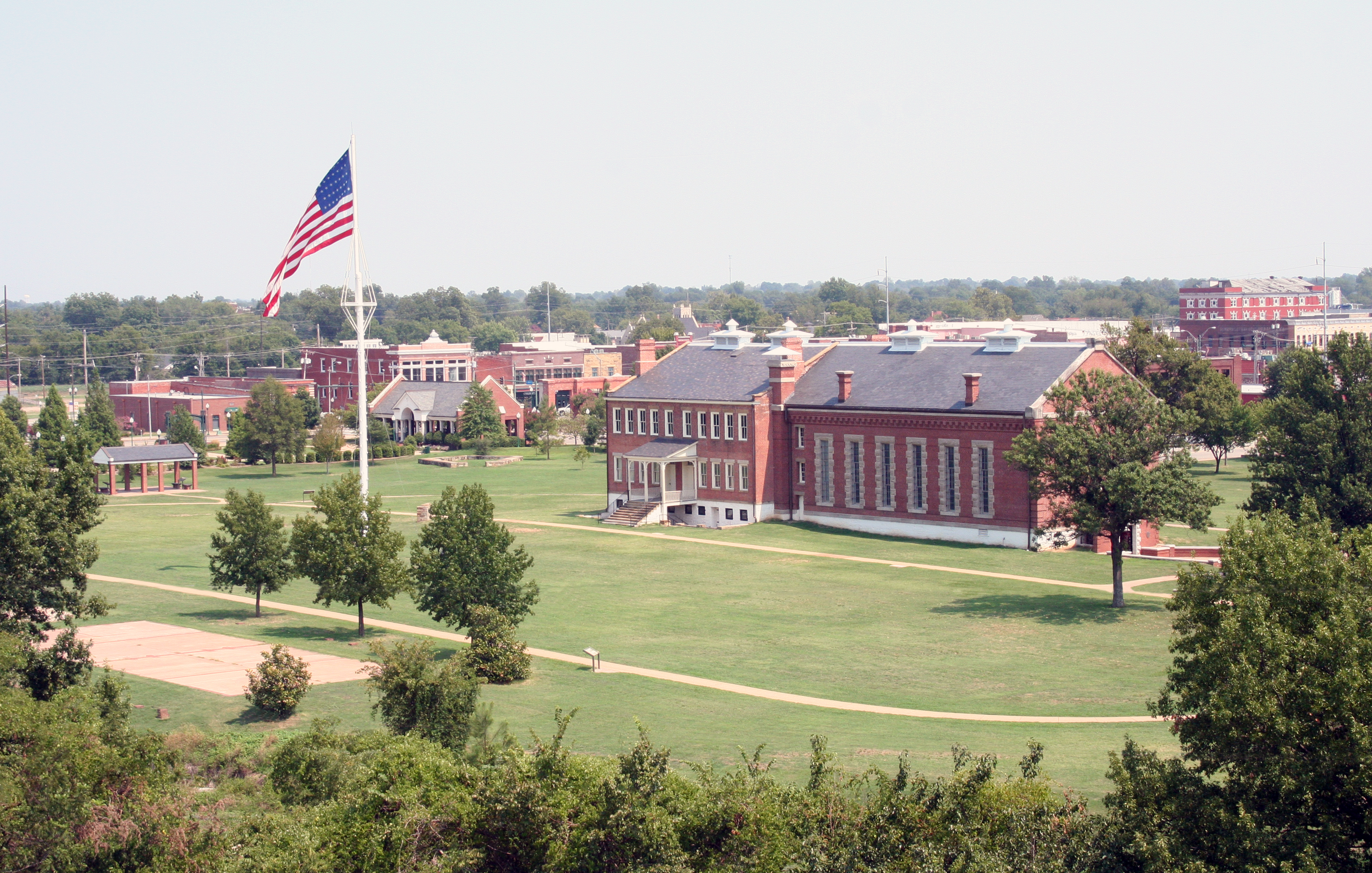
The former barracks, courthouse, and jail serves as the park's visitor center
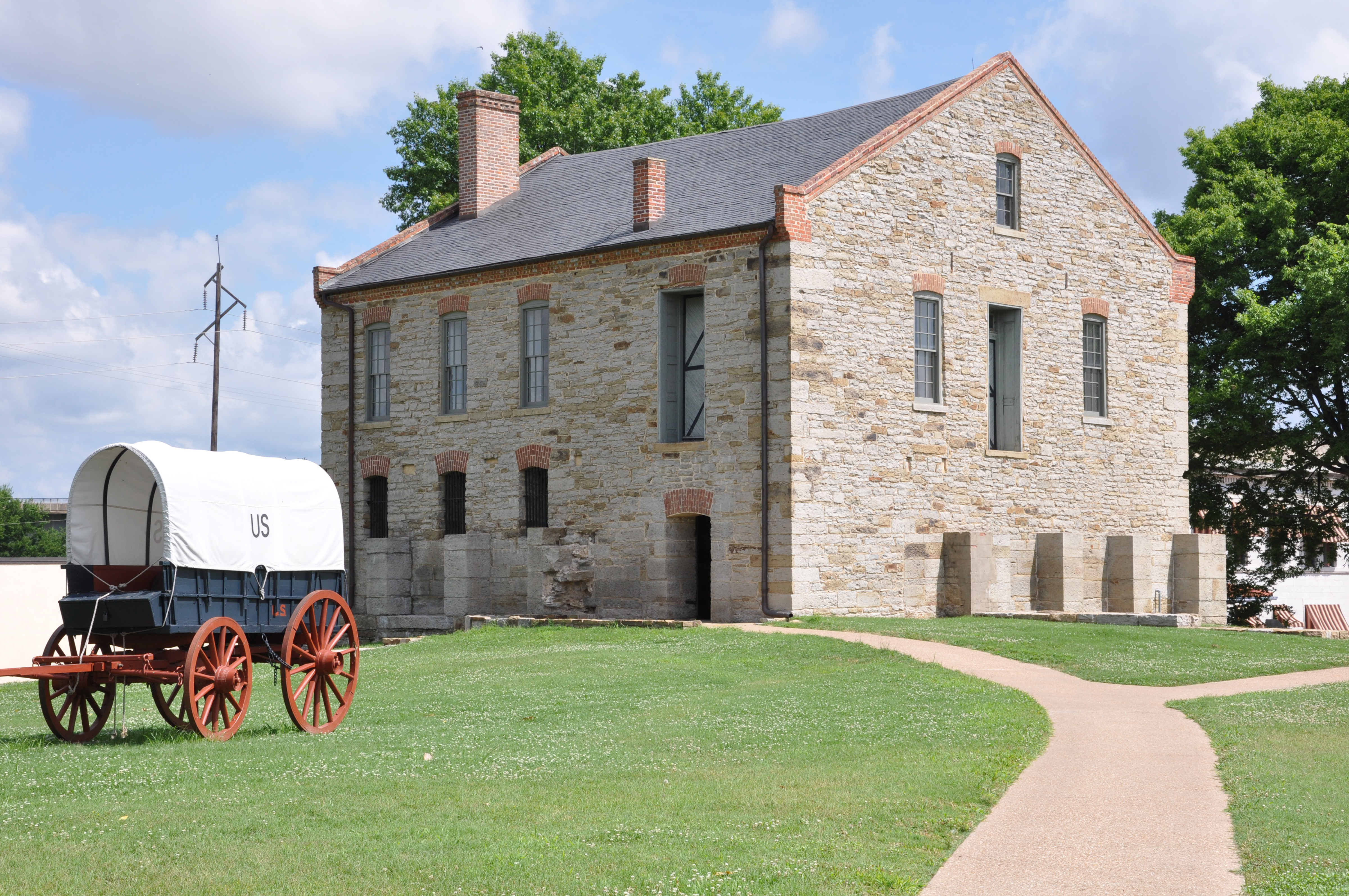
In 1845, Fort Smith was converted to a supply depot. With this mission, Fort Smith became one of the busiest supply posts in the southwest.
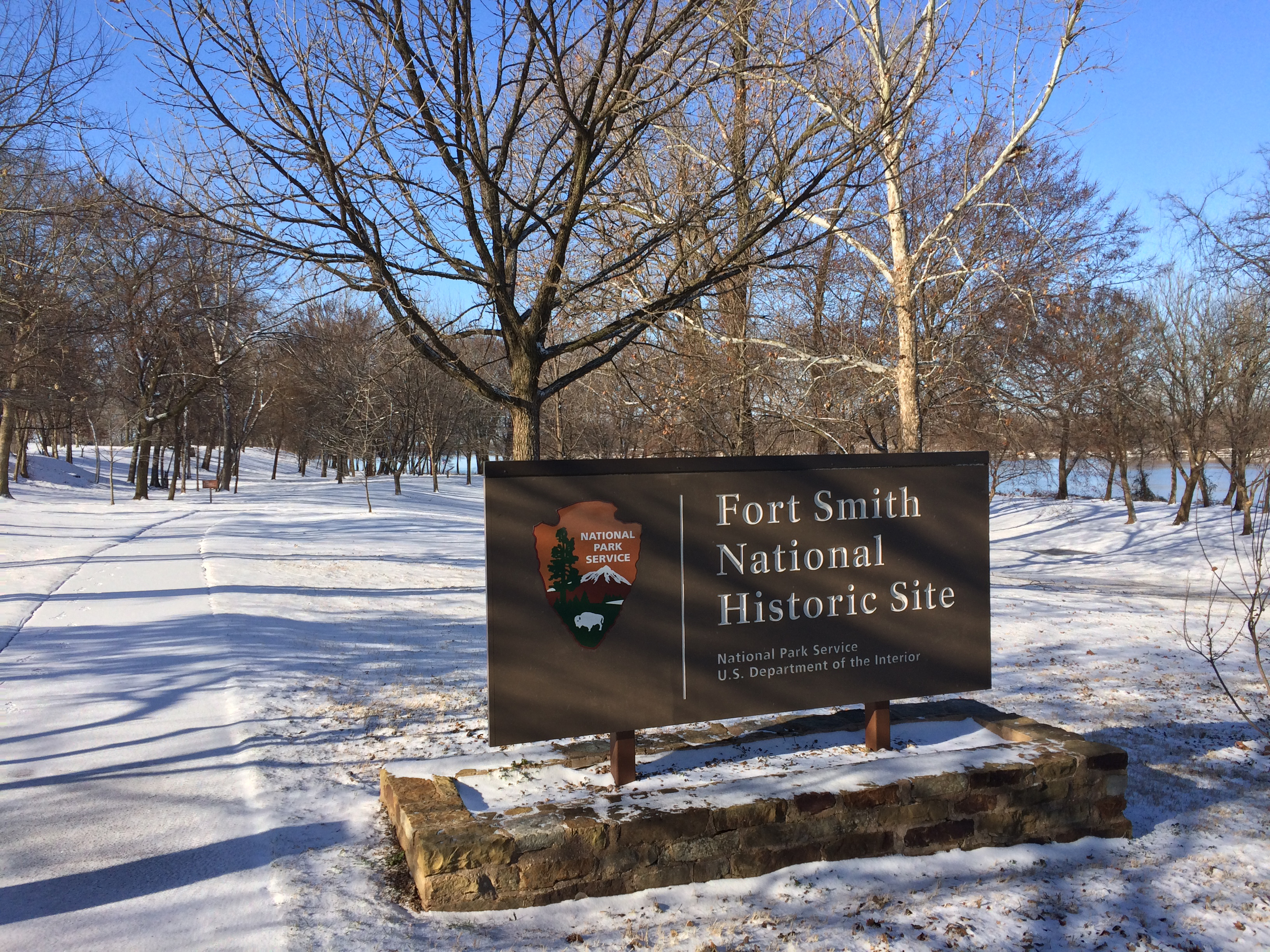
Entrance sign along the river trail on a snowy day.
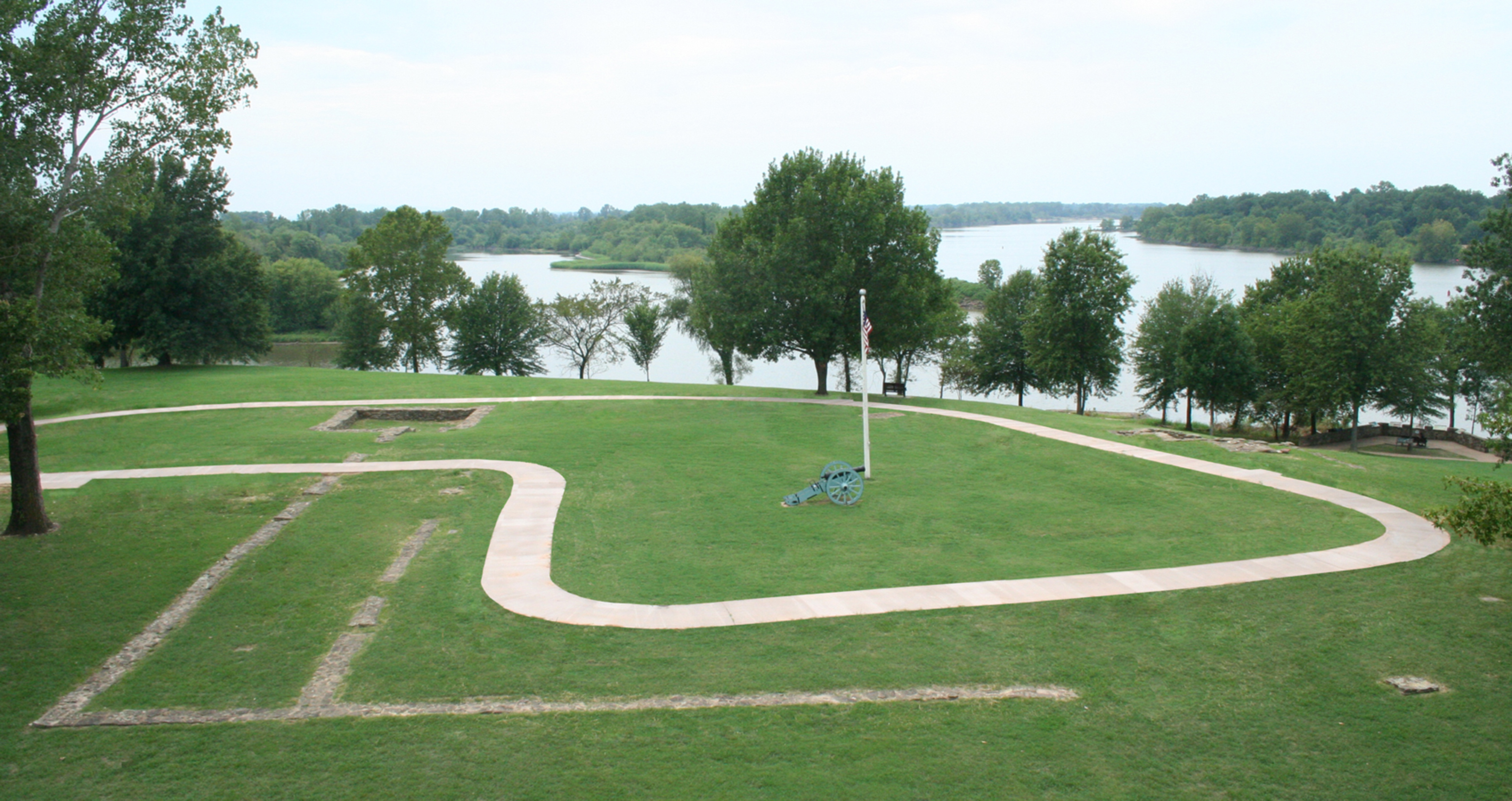
Foundations of the first Fort Smith with Arkansas River in the background
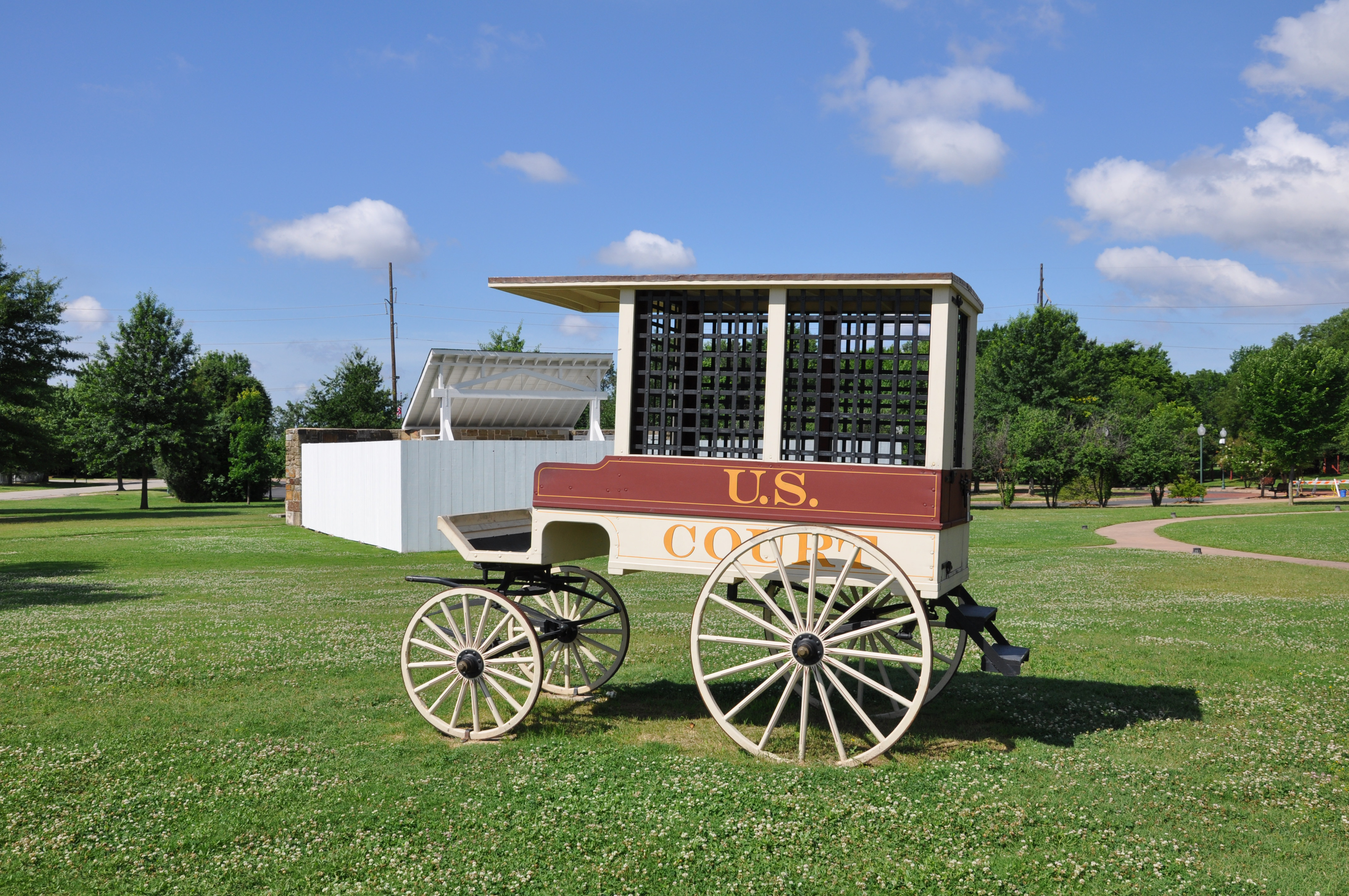
A jail wagon like this one was use the transport prisoners to the Federal Courthouse 6th Street.
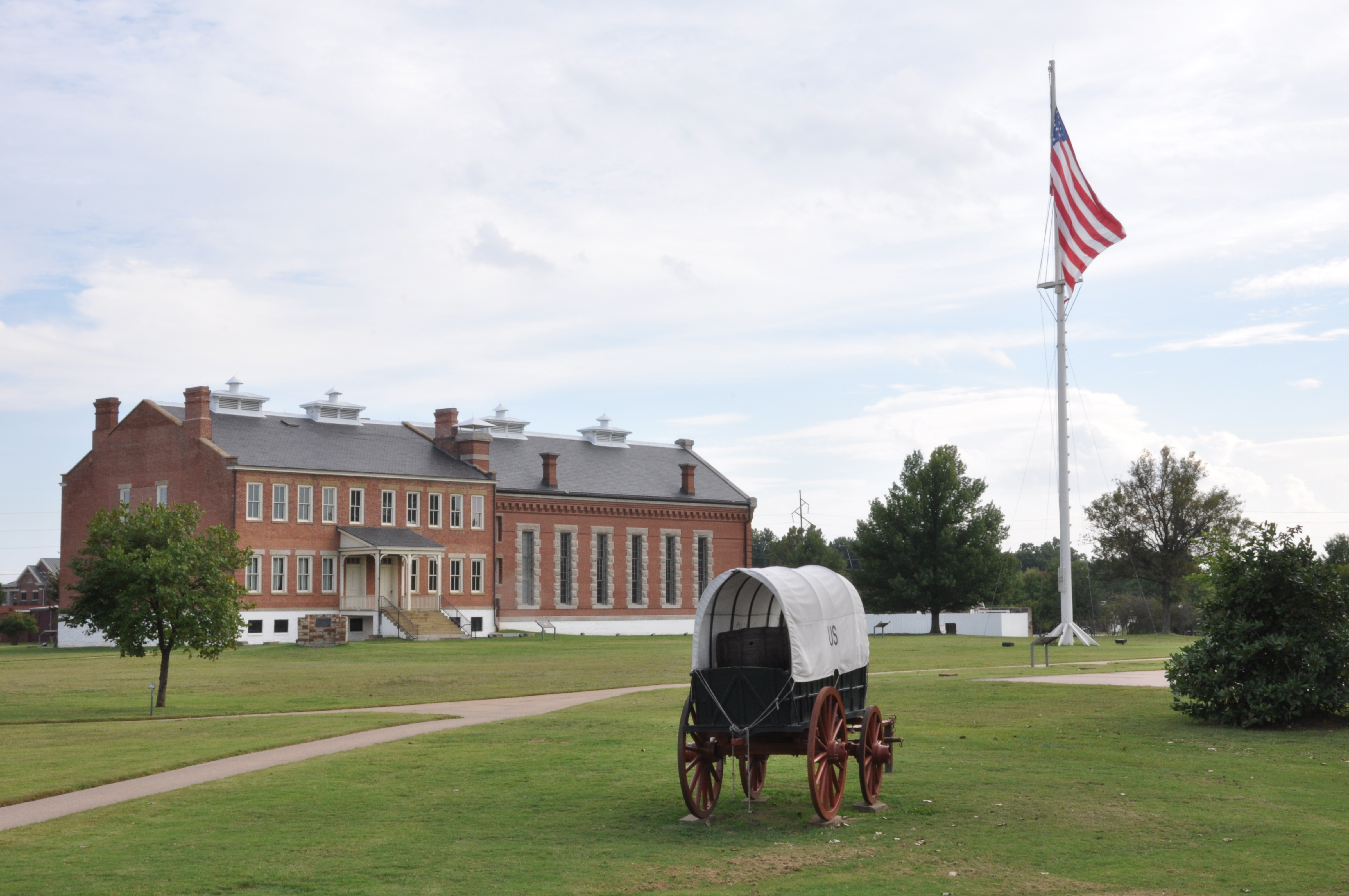
Supply Wagon and visitor center

Redbud trees give a lively look to the park in spring.
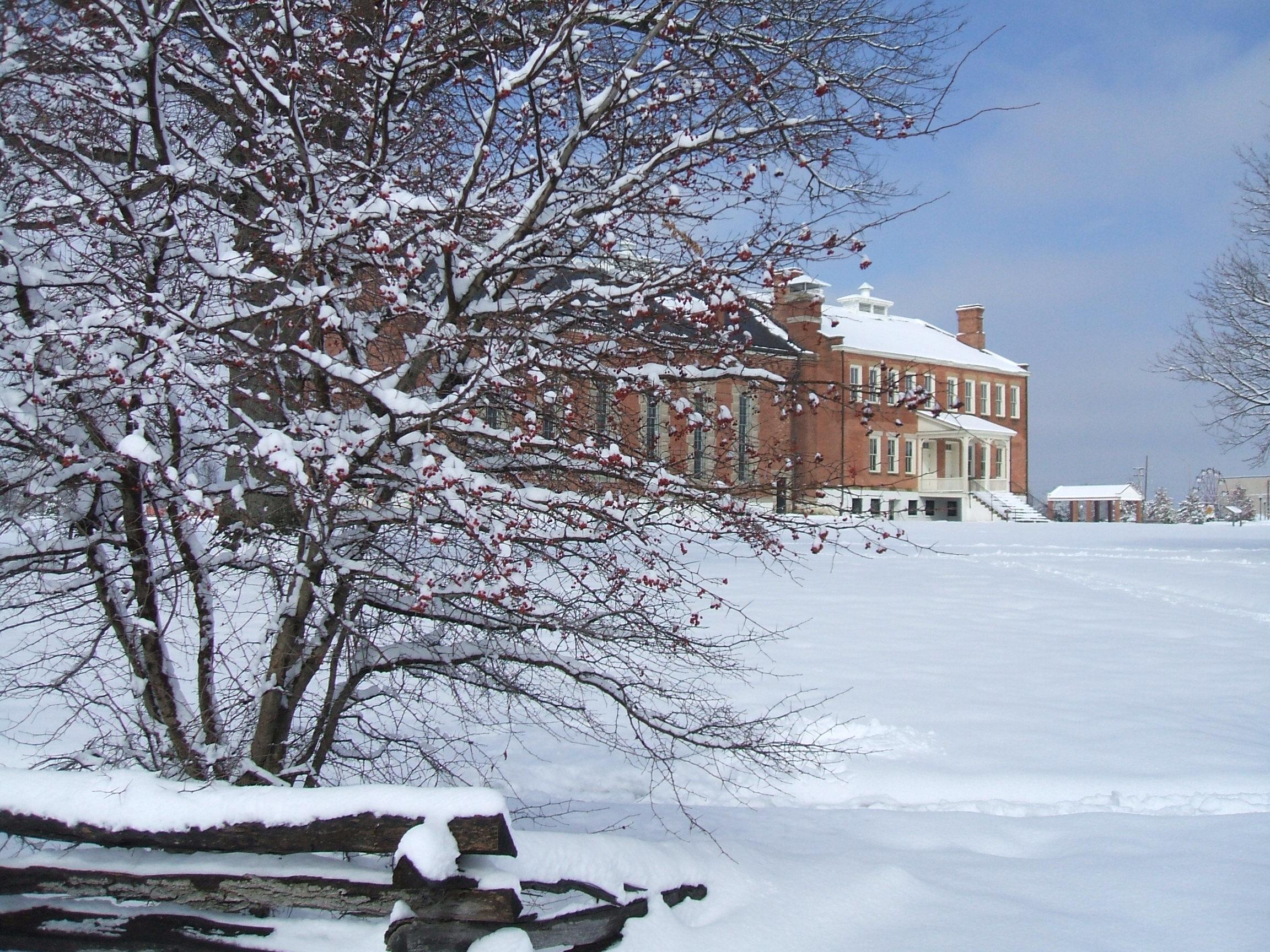
Snow might be present during a winter visit to the park.

The Officers' Garden is maintained with assistance from the River Valley Master Gardeners.
Physical Address:
301 Parker Ave
Fort Smith, AR 72901
Mailing Address:
301 Parker Ave
Fort Smith, AR 72901
contact-details
Phone Number: 4797833961 Voice
Phone Number: 4797835307 Fax
Email Address: fosm_parkinfo@nps.gov
Description:
Fees
Entrance Fees
Entrance Passes
Explore life on the edge of frontier and Indian Territory through the stories of soldiers, the Trail of Tears, scandals, outlaws, and lawmen who pursued them. From the establishment of the first Fort Smith on December 25, 1817, to the final days of Judge Isaac C. Parker's jurisdiction over Indian Territory in 1896, Fort Smith National Historic Site preserves almost 80 years of history.
park designation:National Historic Site
Directions:
From Interstate 40 Eastbound: Exit at Roland and drive six miles on highway 64 to downtown Fort Smith. From Interstate 40 Westbound & from North Interstate 540 & Fayetteville: Take Interstate 40 Westbound to Interstate 540 south. Exit west on Rogers Ave and continue towards downtown Fort Smith. In the downtown area: On Rogers or Garrison Ave, turn south at 4th St. Turn right onto Garland Ave. Entrance to the main parking lot is at the end of the next block. Oversize parking is available.
For detailed directions, please visit this link.
Directions
Operating Hours:
Park Grounds and Trails
Park grounds are open daily from 30 minutes before sunrise until 30 minutes after sunset. The Gallows and Commissary are open during Visitor Center hours.
Weather Information:
Fort Smith weather includes four distinct, yet temperate seasons. Spring and fall are usually mild while late summer is hot and humid. During winter months, temperatures occasionally dip into the teens. Forecast often changes dramatically due to surrounding weather influences. Arkansas's central location allows weather systems from all directions to influence its climate. The area is prone to flash flooding and river flooding in rainy seasons.
Activities

Guided Tours

Self-Guided Tours - Walking

Junior Ranger Program

Park Film

Museum Exhibits

Shopping

Bookstore and Park Store

Guided Tours

Self-Guided Tours - Walking

Junior Ranger Program

Park Film

Museum Exhibits

Shopping
